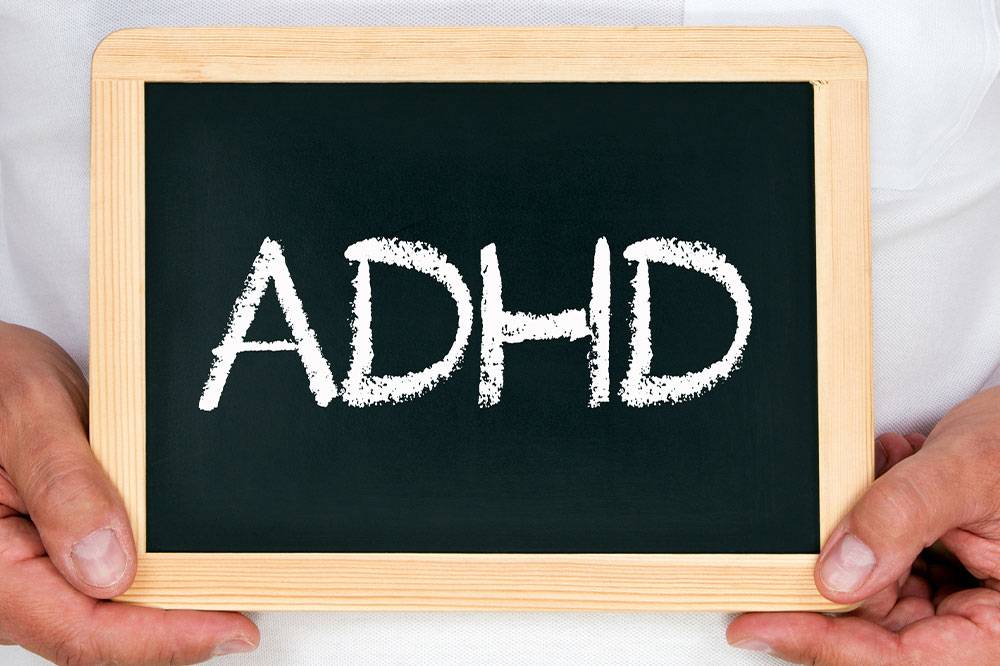Comprehensive Guide to Recognizing Symptoms of Schizophrenia: Positive and Negative Manifestations
This detailed article provides an in-depth understanding of schizophrenia's symptoms, distinguishing between positive and negative manifestations. Recognizing these signs early can lead to timely intervention and improved management outcomes. The piece explores delusions, hallucinations, disorganized thinking, emotional flattening, social withdrawal, and other core symptoms, offering valuable insights for patients, caregivers, and mental health professionals. Understanding the full scope of schizophrenia helps in fostering better support systems and enhances treatment success for those affected by this complex mental health disorder.

In-Depth Understanding of Positive and Negative Symptoms of Schizophrenia
Schizophrenia is a complex and chronic mental health disorder that profoundly affects an individual’s thoughts, emotions, perceptions, and behaviors. Despite being less prevalent than some mental health conditions, its far-reaching impact on patients and their families makes it one of the most serious psychiatric illnesses. Recognizing the different symptom categories—positive and negative—is crucial for early diagnosis, effective treatment, and better management of the disorder. This comprehensive guide aims to elucidate the core symptoms associated with schizophrenia, providing detailed insights to help individuals, caregivers, and healthcare professionals better understand this intricate condition.
Understanding Positive Symptoms
Positive symptoms are characterized by the presence of behaviors and experiences that are not typically seen in healthy individuals. These symptoms are usually more noticeable and tend to respond more readily to medication, making them a key target for treatment. They are called "positive" because they represent an addition to or distortion of normal functioning, rather than a lack of normal psychological attributes.
Delusions
Delusions are false beliefs held despite clear evidence to the contrary. Patients with schizophrenia may develop bizarre or paranoid delusions that significantly impair their daily functioning. For instance, they might believe they possess special powers, are being persecuted, or are under constant surveillance by secret agents, even when there is no real basis for these beliefs. Such delusions can be vivid and persistent, often leading to significant distress and confusion in the individual's life.
Hallucinations
Hallucinations are perceptual experiences that occur without any external stimulus. The most common form in schizophrenia involves auditory hallucinations, where patients hear voices that no one else can hear. Visual hallucinations, which involve seeing objects, people, or lights, are also prevalent. These perceptual disturbances can be highly distressing and may lead to fear, agitation, or withdrawal. In extreme cases, hallucinations may involve commands to perform certain actions, which can be dangerous for the individual or others around them.
Cognitive Disorganization
Schizophrenia often leads to disorganized thinking, making it difficult for individuals to process information and communicate effectively. Speech may become incoherent or jumbled, and they may struggle to follow a conversation or stay focused on tasks. This disorganization can impact their ability to work, maintain relationships, or complete daily responsibilities, thereby severely impairing their quality of life.
Motor Irregularities
Patients might exhibit abnormal motor behaviors, including catatonia, characterized by stupor or rigidity, or hyperactivity, such as agitation and restlessness. Some may display repetitive movements or odd postures, which can be mistaken for neurological disorders. These motor symptoms can fluctuate and add to the complexity of schizophrenia management.
Understanding Negative Symptoms
Unlike positive symptoms, negative symptoms involve a decline in normal emotional and social functioning. These manifestations are often more challenging to treat and tend to persist even during periods when positive symptoms are controlled. Recognizing negative symptoms is essential for providing comprehensive care and improving patients’ overall prognosis.
Flat Affect
Individuals with negative symptoms may show a significant reduction in emotional expression. Their facial expressions may seem dulled, and their speech might be monotone with limited pitch variation. This flattening of affect can make it difficult for others to gauge their emotional state, often leading to social misunderstandings and increased isolation.
Anhedonia
Patients typically experience a diminished ability to experience pleasure from activities they once enjoyed. This loss of interest in hobbies, social interaction, or even basic daily pleasures further contributes to feelings of loneliness and depression, complicating treatment efforts.
Social Withdrawal
One of the hallmark negative symptoms is social withdrawal. Patients may isolate themselves voluntarily, avoiding friends, family, and social activities. This withdrawal not only hampers their social skills but also deprives them of vital support systems necessary for recovery and stability.
Difficulty with Tasks
Individuals with negative symptoms often find it challenging to initiate or complete everyday activities, such as bathing, cooking, or cleaning. Cognitive deficits and motivational difficulties play a role in this impairment, further reducing their independence and quality of life.
Recognition of these symptoms is essential for early intervention, which can significantly improve outcomes for individuals diagnosed with schizophrenia. It is important for caregivers and healthcare providers to understand that these symptoms may fluctuate over time, requiring tailored treatment plans that address both positive and negative manifestations of the disorder. Advances in psychiatric medications and psychosocial interventions continue to improve the prognosis for many patients, emphasizing the importance of comprehensive and compassionate care.





